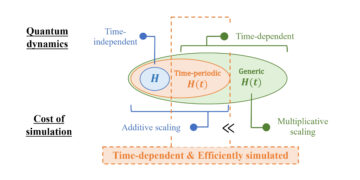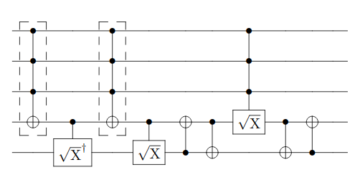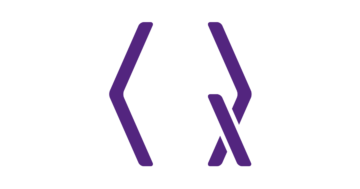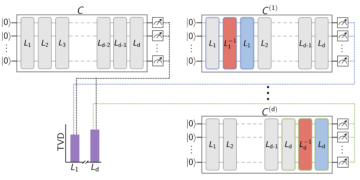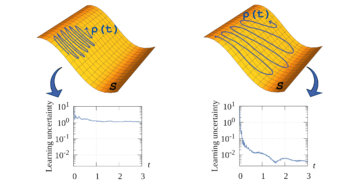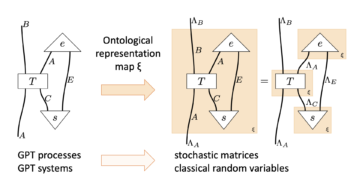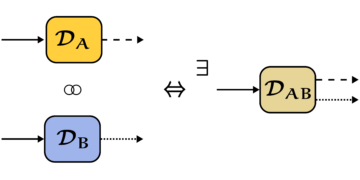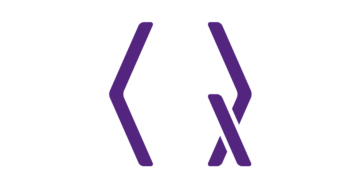1Institute for Quantum Computing and Cheriton School of Computer Science, University of Waterloo, Canada.
2Department of Mathematics, Kyoto University, Kyoto 606-8502, Japan.
3Institute for Quantum Computing and Department of Pure Mathematics, University of Waterloo, Canada.
Find this paper interesting or want to discuss? Scite or leave a comment on SciRate.
Abstract
We consider a bipartite transformation that we call $self-embezzlement$ and use it to prove a constant gap between the capabilities of two models of quantum information: the conventional model, where bipartite systems are represented by tensor products of Hilbert spaces; and a natural model of quantum information processing for abstract states on C*-algebras, where joint systems are represented by tensor products of C*-algebras. We call this the $C*-circuit$ model and show that it is a special case of the commuting-operator model (in that it can be translated into such a model). For the conventional model, we show that there exists a constant $epsilon_0$$gt$$0$ such that self-embezzlement cannot be achieved with precision parameter less than $epsilon_0$ (i.e., the fidelity cannot be greater than $1 – epsilon_0$); whereas, in the C*-circuit model—as well as in a commuting-operator model—the precision can be $0$ (i.e., fidelity $1$).
Self-embezzlement is not a non-local game, hence our results do not impact the celebrated Connes Embedding conjecture. Instead, the significance of these results is to exhibit a reasonably natural quantum information processing problem for which there is a constant gap between the capabilities of the conventional Hilbert space model and the commuting-operator or C*-circuit model.
► BibTeX data
► References
[1] J. F. Clauser, M. A. Horne, A. Shimony, and R. A. Holt. Proposed experiment to test local hidden-variable theories. Physical Review Letters, 23(15):880–884, 1969.
https://doi.org/10.1103/PhysRevLett.23.880
[2] R. Cleve, L. Liu, and V. Paulsen. Perfect embezzlement of entanglement. Journal of Mathematical Physics, 58:012204, 2017.
https://doi.org/10.1063/1.4974818
[3] W. van Dam and P. Hayden. Universal entanglement transformations without communication. Physical Review A, 67(6):060302, 2003.
https://doi.org/10.1103/PhysRevA.67.060302
[4] K. R. Davidson. C*-algebras by example. American Mathematical Society, 1983.
https://doi.org/10.1112/S0024609397303610
[5] T. Fritz. Tsirelson’s problem and Kirchberg’s conjecture. Reviews in Mathematical Physics, 24(5):1250012, 2012.
https://doi.org/10.1142/S0129055X12500122
[6] I. M. Gelfand and M. A. Naimark. On the embedding of normed rings into the ring of operators in Hilbert space. Matematiceskij sbornik, 12:197–213, 1943).
http://eudml.org/doc/65219
[7] Z. Ji, D. Leung, and T. Vidick. A three-player coherent state embezzlement game. Manuscript available at arXiv:1802.04926, 2018.
https://doi.org/10.22331/q-2020-10-26-349
arXiv:1802.04926
[8] M. Junge, M. Navascués, C. Palazuelos, D. Pérez-García, V. B. Scholz, and R. F. Werner. Connes’ embedding problem and Tsirelson’s problem. Journal of Mathematical Physics, 52(1):012102, 2011.
https://doi.org/10.1063/1.3514538
[9] R. V. Kadison and J. R. Ringrose. Fundamentals of the Theory of Operator Algebras, Volume II: Advanced Theory. Academic Press, 1986.
[10] J. Kaniewski. Analytic and nearly optimal self-testing bounds for the Clauser-Horne-Shimony-Holt and Mermin inequalities. Physical Review Letters, 117(16):070402, 2016.
https://doi.org/10.1103/PhysRevLett.117.070402
[11] M. Keyl, D. Schlingemann, and R. Werner. Infinitely entangled states. Quantum Information and Computation 3(4):281–306, 2003.
https://doi.org/10.26421/QIC18.15-16
[12] D. Leung, B. Toner, and J. Watrous. Coherent state exchange in multi-prover quantum interactive proof systems. Chicago Journal of Theoretical Computer Science, 2013:11, 2013.
https://doi.org/10.4086/cjtcs.2013.011
http://cjtcs.cs.uchicago.edu/articles/2013/11/contents.html
[13] M. Navascués and D. Pérez-García. Quantum steering and spacelike separation. Physical Review Letters, 109(16):160405, 2012.
https://doi.org/10.1103/PhysRevLett.109.160405
[14] N. Ozawa. About the Connes embedding conjecture: Algebraic approaches. Japanese Journal of Mathematics, 8(1):147–183, 2013.
https://doi.org/10.1007/s11537-013-1280-5
[15] G. K. Pedersen. C*-algebras and their automorphism groups. Academic Press, 1979.
https://doi.org/10.1016/C2016-0-03431-9
[16] O. Regev and T. Vidick. Quantum XOR games. In Proceedings of IEEE Conference on Computational Complexity (CCC 2013), pages 144–155. IEEE, 2013.
https://doi.org/10.1145/2799560
[17] B. W. Reichardt, F. Unger, and U. Vazirani. A classical leash for a quantum system: Command of quantum systems via rigidity of CHSH games. In Proceedings of the 4th Conference on Innovations in Theoretical Computer Science, pages 321–322. ACM, 2013.
https://doi.org/10.1145/2422436.2422473
[18] V. B. Scholz and R. F. Werner. Tsirelson’s problem. Manuscript available at arXiv:0812.4305, 2008.
arXiv:0812.4305
[19] I. E. Segal. Irreducible representations of operator algebras. Bulletin of the American Mathematical Society, 53:73–88, 1947.
https://doi.org/10.1090/S0002-9904-1947-08742-5
[20] W. Slofstra. Tsirelson’s problem and an embedding theorem for groups arising from non-local games. Manuscript available at arXiv:1606.03140, 2016.
https://doi.org/10.1090/jams/929
arXiv:1606.03140
[21] G. Vidal, D. Jonathan, and M. A. Nielsen. Approximate transformations and robust manipulation of bipartite pure state entanglement. Physical Review A, 62:012304, 2000.
https://doi.org/10.1103/PhysRevA.62.012304
[22] J. Watrous. The theory of quantum information. Cambridge University Press, 2018.
https://doi.org/10.1017/9781316848142
Cited by
[1] Benoît Collins and Sang-Gyun Youn, “Additivity violation of the regularized Minimum Output Entropy”, arXiv:1907.07856.
The above citations are from SAO/NASA ADS (last updated successfully 2022-07-23 00:03:05). The list may be incomplete as not all publishers provide suitable and complete citation data.
On Crossref’s cited-by service no data on citing works was found (last attempt 2022-07-23 00:03:04).
This Paper is published in Quantum under the Creative Commons Attribution 4.0 International (CC BY 4.0) license. Copyright remains with the original copyright holders such as the authors or their institutions.


